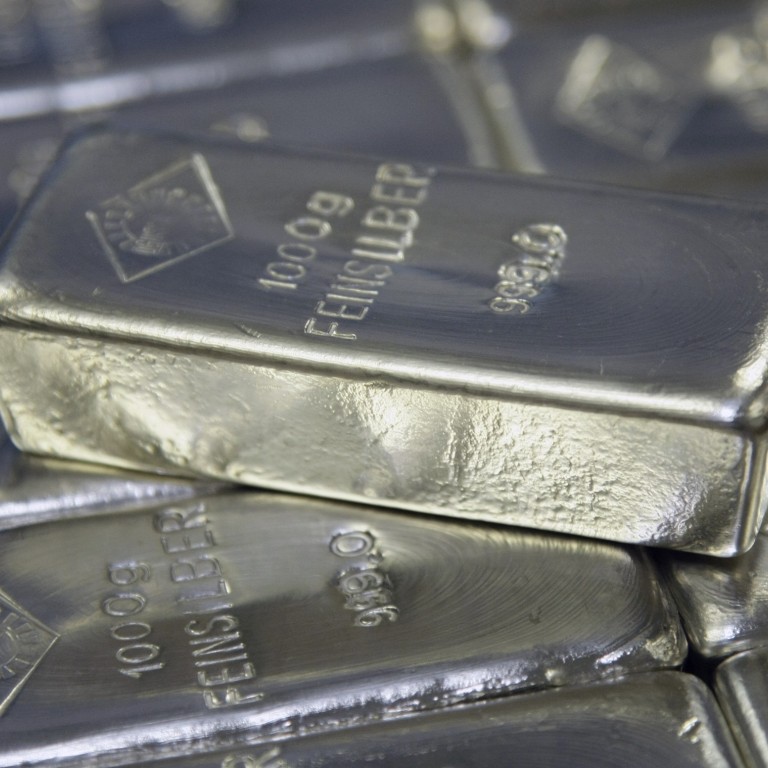
New | Trading in Hunan Nonferrous halted over possible privatisation plan
Trading of Hunan Nonferrous Metals, the mainland’s largest producer of non-ferrous metals excluding aluminium, has been halted pending an announcement about a possible privatisation plan.
The company is the mainland’s largest maker of cemented carbides, zinc and antimony, and a major producer of lead, silver, indium, tantalum and niobium.
It is 53 per cent owned by Hunan Nonferrous Metals Holding Group, a subsidiary of state-owned China Minmetals, the nation’s largest metals trader. China Minmetals also has a 9.37 per cent direct stake in the Hong Kong-listed unit.
Hunan Nonferrous announced the possible plan by its parent to buy all the shares not already owned by it in a filing to Hong Kong’s stock exchange on Wednesday.
Its shares closed at HK$2.49 on Tuesday. They have jumped 37.8 per cent to HK$3.06 from HK$2.22 between July 21 and August 6, outperforming the Hang Seng Index’s 4.9 per cent gain in the period. Its shares have given up most of the gains since, having fallen 18.6 per cent from the closing price on August 6.
The company had issued a loss warning for the year’s first-half on July 14. The company has not made any filing to the exchange to give any possible reason for the outperformance.
It posted a net loss of 304.2 million yuan for the year’s first-half, versus a loss of 160.7 million yuan (HK$203.2 million) in last year’s first half, due to lower prices of tungsten and antimony products.
Its Shenzhen-listed nonferrous metals smelter and processor subsidiary China Tungsten and Hightech Materials last week posted a third-quarter net profit of 60.3 million yuan, compared with a loss of 15.85 million yuan in the same quarter last year.
Still, a loss of 138.5 million yuan was recorded for the year’s first three quarters, sharply higher from a 4.1 million yuan loss in the same period last year.

